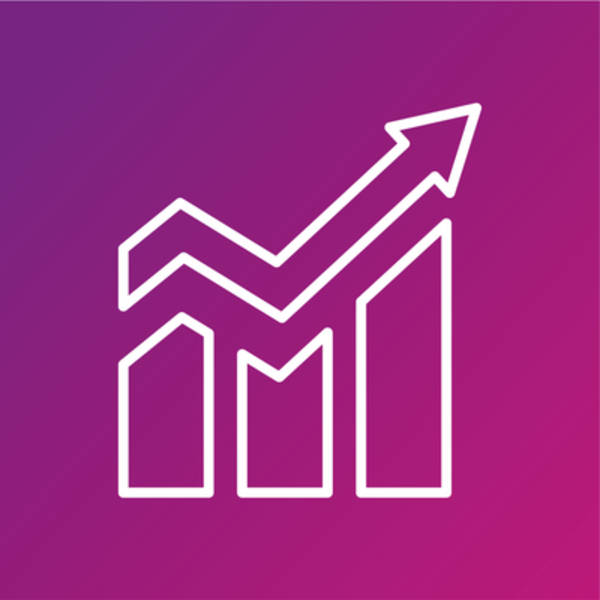Price:
7449 EUR
Contact
Imperial College London
Description
Welcome to Logistic Regression in R for Public Health!
Why logistic regression for public health rather than just logistic regression? Well, there are some particular considerations for every data set, and public health data sets have particular features that need special attention. In a word, they're messy. Like the others in the series, this is a hands-on course, giving you plenty of practice with R on real-life, messy data, with predicting who has diabetes from a set of patient characteristics as the worked example for this course. Additionally, the interpretation of the outputs from the regression model can differ depending on the perspective that you take, and public health doesn’t just take the perspective of an individual patient but must also consider the population angle. That said, much of what is covered in this course is true for logistic regression when applied to any data set, so you will be able to apply the principles of this course to logistic regression more broadly too.
By the end of this course, you will be able to:
Explain when it is valid to use logistic regression
Define odds and odds ratios
Run simple and multiple logistic regression analysis in R and interpret the output
Evaluate the model assumptions for multiple logistic regression in R
Describe and compare some common ways to choose a multiple regression model
This course builds on skills such as hypothesis testing, p values, and how to use R, which are covered in the first two courses of the Statistics for Public Health specialisation. If you are unfamiliar with these skills, we suggest you review Statistical Thinking for Public Health and Linear Regression for Public Health before beginning this course. If you are already familiar with these skills, we are confident that you will enjoy furthering your knowledge and skills in Statistics for Public Health: Logistic Regression for Public Health.
We hope you enjoy the course!
Specific details
Category of Education
Physical Science
